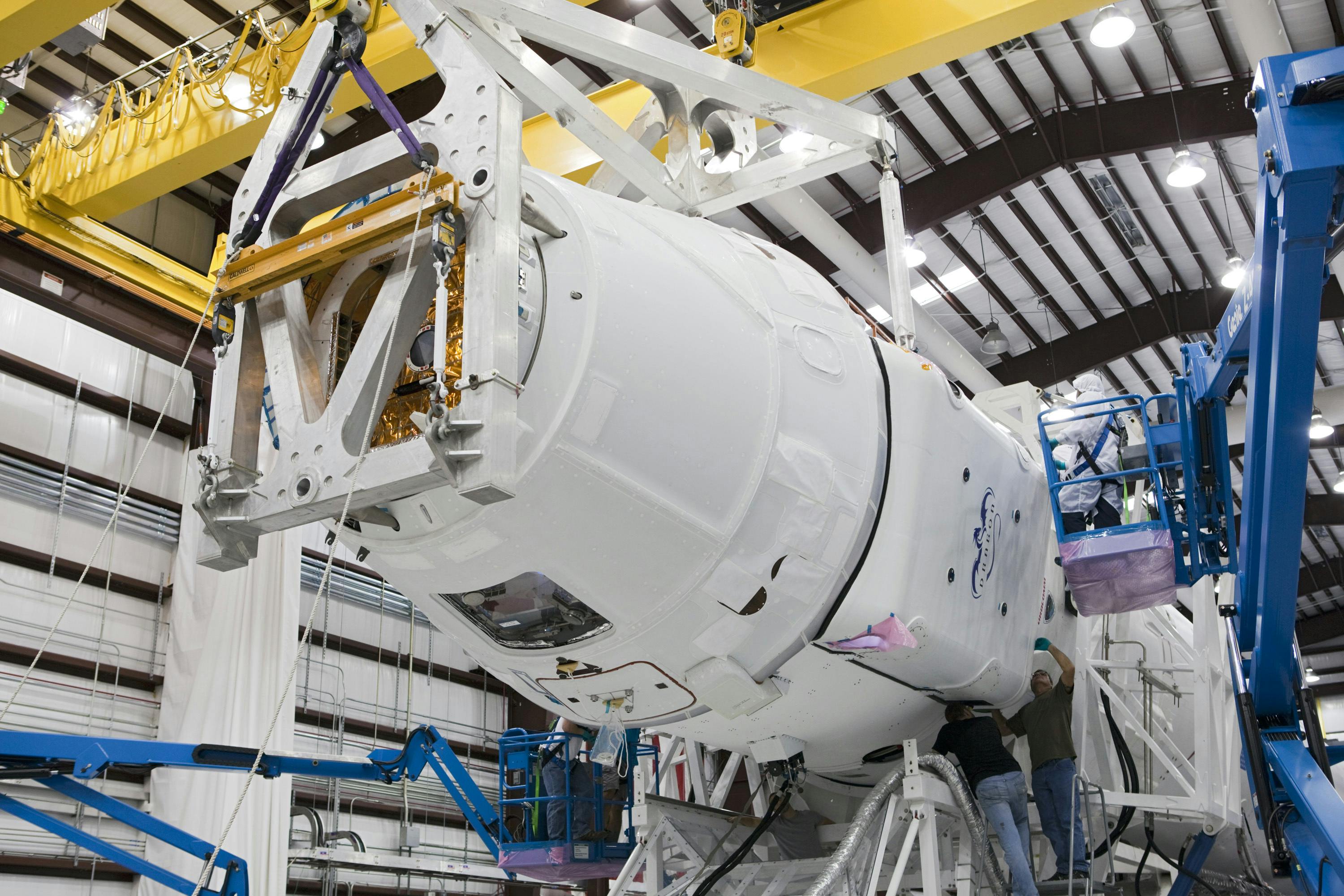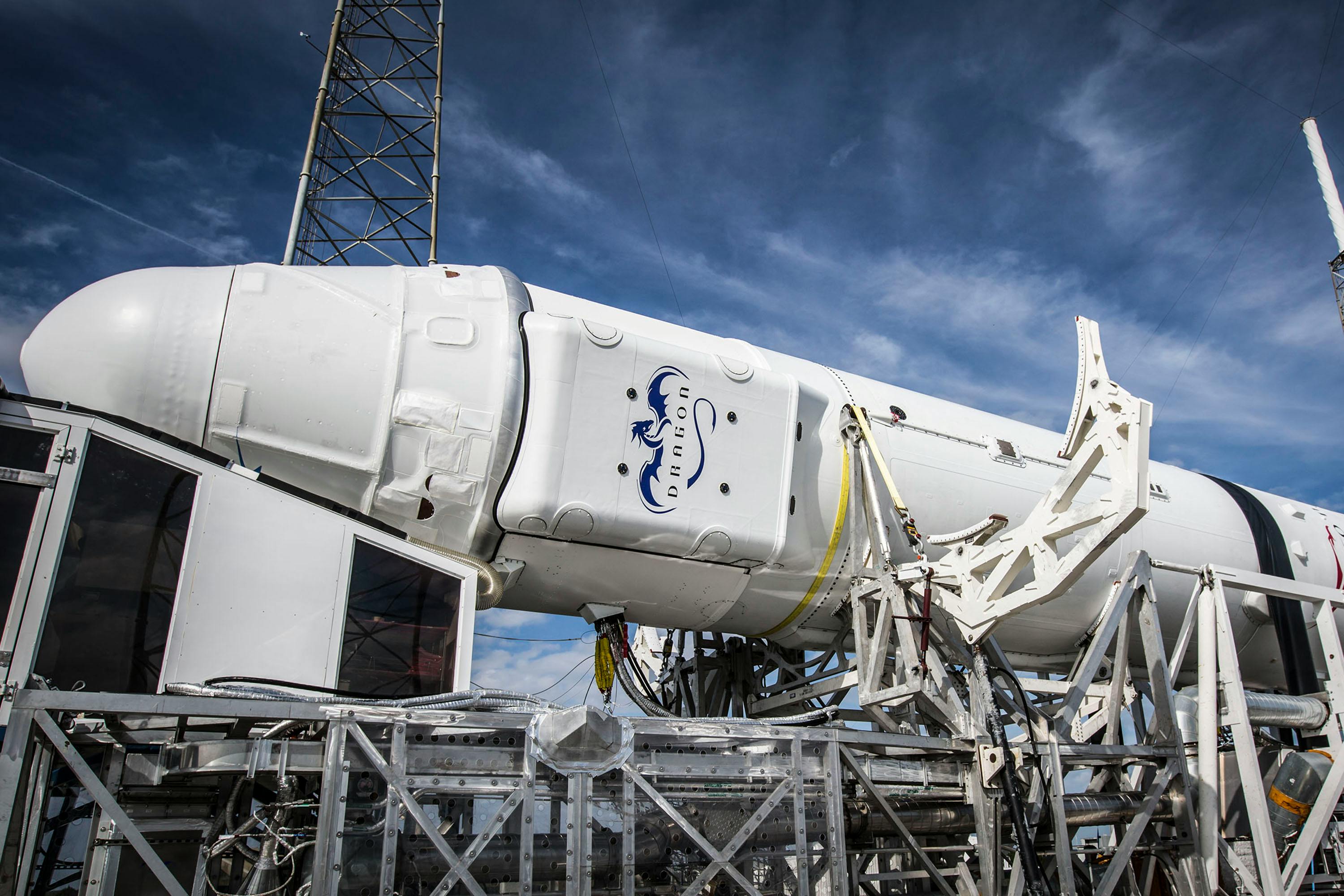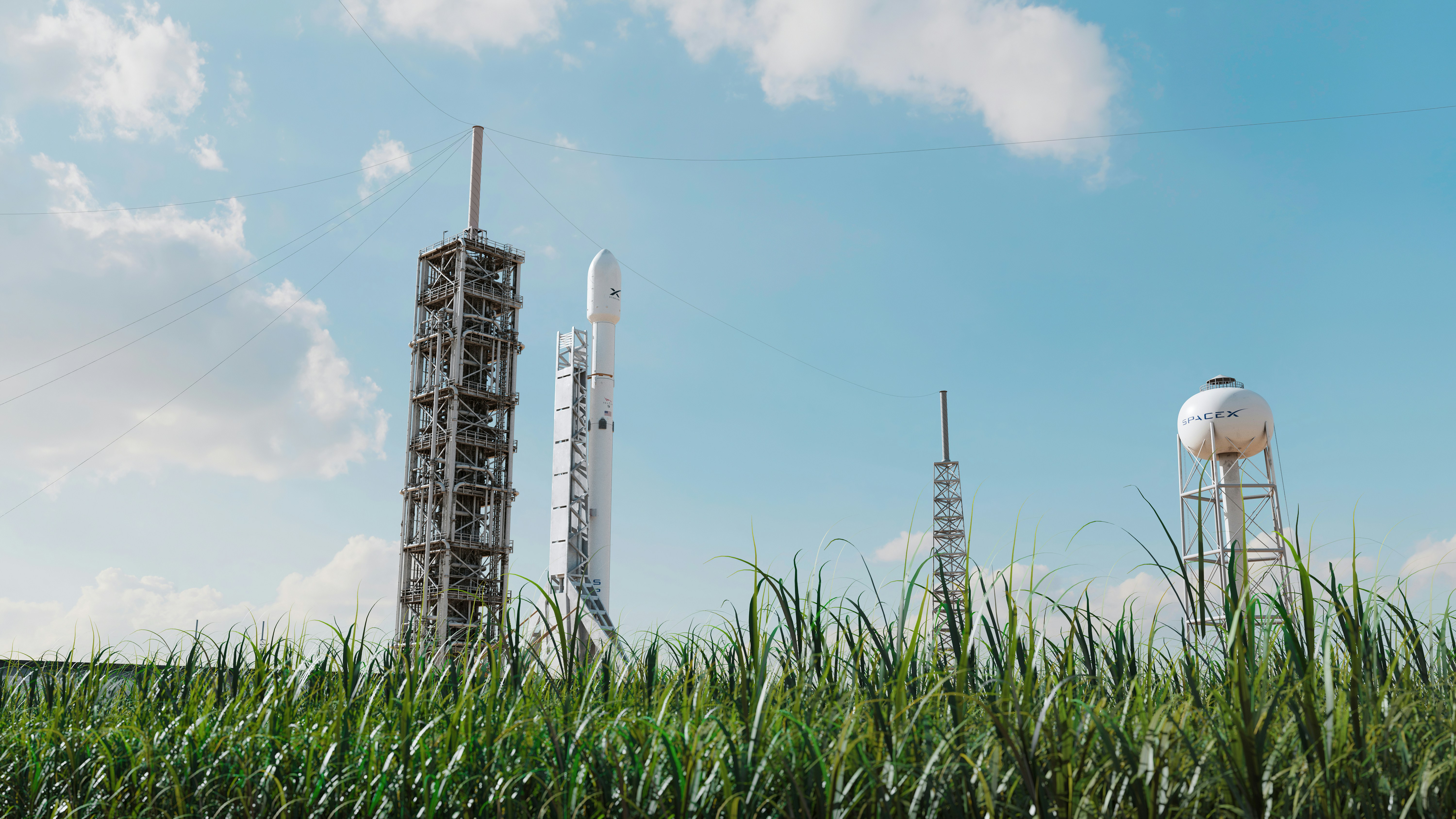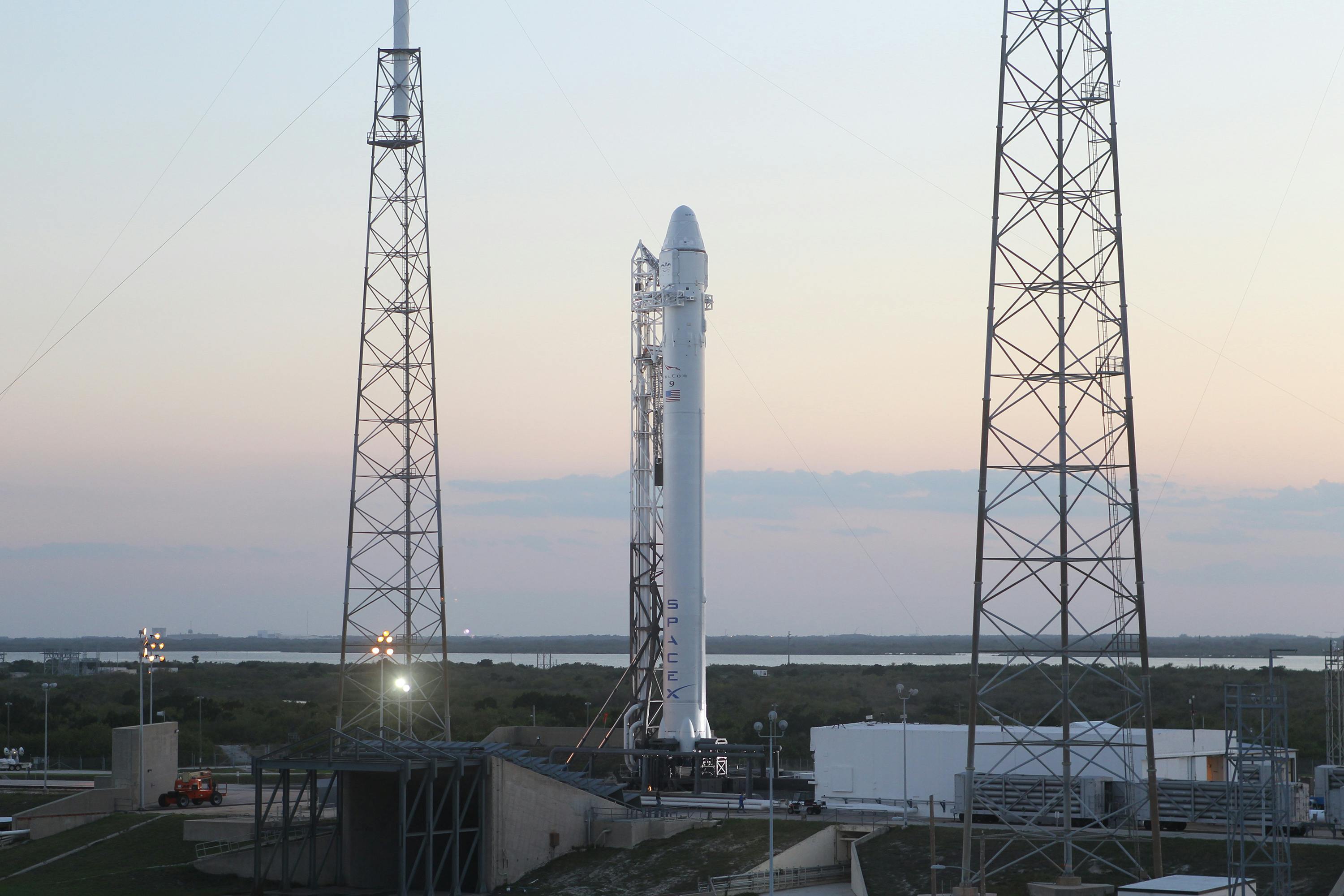· space brief · 6 min read
Space Brief 19 Jul 2025
Today's highlights include a record-breaking high-altitude image of the sun, SpaceX's latest Starlink satellite launch, and various military developments. Stay informed with detailed updates on launches, reentries, and the latest advancements in drone technology.
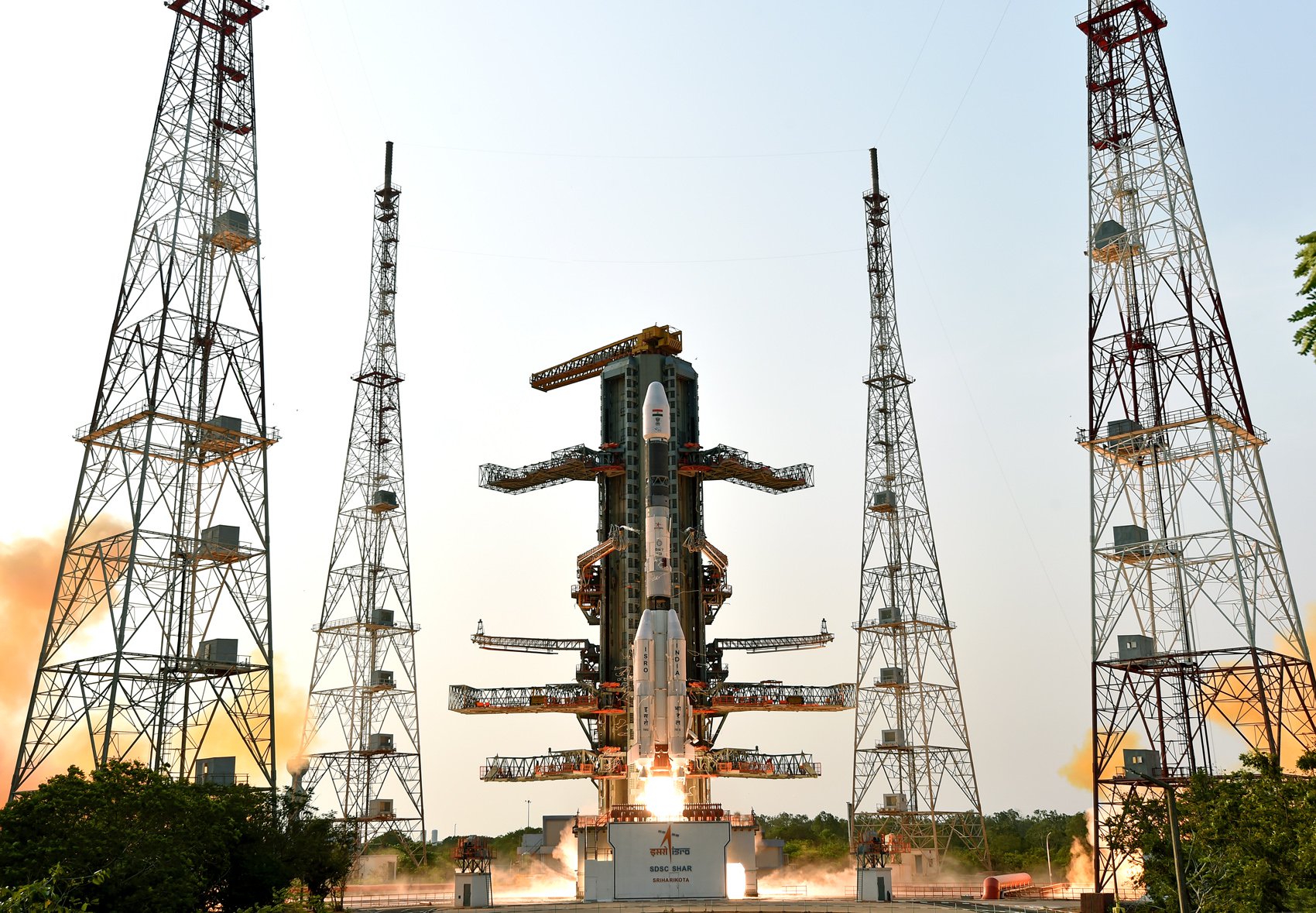
📄Top Stories
Today marks another exciting advance in space exploration as SpaceX successfully launched 24 new Starlink satellites, enhancing global connectivity. Additionally, a stunning high-altitude photograph of the sun’s surface was captured from one of Europe’s tallest peaks. Meanwhile, the Pentagon is preparing to host a groundbreaking drone exercise in August, likened to a “Top Gun” for drones, showcasing emerging technologies in FPV drone units.
📰Detailed Coverage
SpaceX Boosts Starlink Fleet with Latest Launch
SpaceX continues to expand its Starlink constellation with the successful launch of 24 additional satellites from Vandenberg Space Force Base. The Falcon 9 rocket, known for its reliability and reusability, lifted off smoothly, marking another milestone in SpaceX’s efforts to provide worldwide broadband internet coverage. The mission underscores the growing capabilities and ambitions of private space endeavors in bolstering global connectivity.
Detailed tracking of these satellites is available through our web app, offering real-time updates and insights on their orbital paths and communications status. Users can explore the dynamic interface to see the impact of new launches on satellite distribution.
Read the full story: Space.com
Exclusive Capture of Solar Surface from Alpine Heights
Astronomers have achieved a landmark in solar observation by capturing an unprecedented high-altitude image of the sun from one of Europe’s tallest mountains. This achievement not only provides stunning visuals but also advances our understanding of solar dynamics. The detailed resolution offers insights into solar phenomena, crucial for both scientific exploration and understanding space weather effects on satellite operations.
The high-altitude environment reduced atmospheric interference, making this feat possible and opening avenues for future terrestrial observation technologies. The images contribute valuable data to ongoing research into solar activity and its implications for satellite health and communication systems.
Read the full story: Space.com
”Top Gun” for Drones: Upcoming Pentagon Exercise
The Pentagon is gearing up for a sophisticated drone training exercise slated for August, designed to simulate high-stakes aerial combat. This exercise is being dubbed “Top Gun” for drones and will involve FPV drone units in a competitive format. The event is poised to test and enhance the capabilities of drone operators, emphasizing real-time tactical decision-making and adaptive strategies.
This initiative is part of a broader effort to integrate advanced drone technology into military operations. By hosting exercises that push the limits of current drone technologies, the Pentagon aims to accelerate the development of autonomous systems capable of executing complex missions in contested environments.
Read the full story: Breaking Defense
Navy’s Strategic Revamp of Shipyards
In a bid to enhance efficiency and operational capacity, the Navy is reassessing its shipyard strategies as part of a $20 billion overhaul initiative. The project, underway for several years, aims to modernize shipyard facilities to expedite submarine servicing times by up to 90 days. This advancement is critical for defense readiness and maintaining the Navy’s strategic edge.
The transformation involves adopting cutting-edge technology and infrastructure improvements to streamline repair and maintenance processes. Once complete, the revamped shipyards will significantly bolster the Navy’s capability to sustain and deploy its fleet rapidly, aligning with modern maritime operational demands.
Read the full story: Breaking Defense
Army’s Investment in Next-Gen Command Systems
The U.S. Army has awarded “Team Anduril” nearly $100 million to spearhead the development of the NGC2 prototype for the 4th Infantry Division. This system is designed to revolutionize command structures, incorporating cutting-edge technology to enhance situational awareness and decision-making on the battlefield. The initiative reflects a shift towards integrating AI and advanced analytics into military operations.
NGC2’s development serves as a blueprint for future enhancements, ensuring that the Army maintains technologically superior defense capabilities. This contract underscores the military’s commitment to innovation and the adoption of next-generation solutions to address evolving security challenges.
Read the full story: Breaking Defense
🛰️Satellite Spotlight
- Satellite Name: SHIYAN 13 (SY-13)
- NORAD ID: 51102
- Launch Date: January 17, 2022
- Mission: SHIYAN 13 is designed for technological experimentation and demonstration.
- Orbit: Low Earth Orbit (LEO)
- Operator: China Academy of Sciences (CAS)
- Fun Fact: SHIYAN 13’s design allows it to conduct a variety of technology-related missions with a focus on advancing satellite capabilities.
Track this satellite in real-time on our web app: Track SHIYAN 13
🌌Space Weather
Current space weather shows Enhanced solar wind (519 km/s).
Current
R0 - S0 - G0
Last 24 Hour Maximums
R0 - S0 - G0
Recent Alerts
- Electron Flux Alert: Continued alert for Electron 2MeV Integral Flux exceeding 1000 pfu. Yesterday’s maximum was 10273 pfu. Potential impacts include significant charging risks to satellite systems.
- Geomagnetic Warning: Extended warning for Geomagnetic K-index of 4 expected, with potential weak fluctuations in power grids and visibility of auroras at high latitudes.
Next 24 Hours
-
Radio Blackouts Probability
- Minor: 60
- Major: 15
- Risk: None
-
Solar Radiation
- Probability: 10
- Risk: None
-
Geomagnetic Storming
- Scale: 0
- Impact: none
- Activity: Low
-
Impact Summary
- Next 24 hours: No risk of radio blackouts or solar radiation storms.
- Geomagnetic outlook: No G1 (Minor) or greater geomagnetic storms are expected.
- Radiation outlook: Slight chance for S1 (Minor) or greater solar radiation storms from 19-21 Jul.
- Radio blackout outlook: Likely R1-R2 (Minor-Moderate) radio blackouts from 19-21 Jul.
Long Term Forecast
- Forecast of Solar and Geomagnetic Activity (14 July - 09 August 2025):
- Solar activity expected at low levels with chances for R1-R2 (Minor-Moderate) radio blackouts due to active regions.
- No proton events are anticipated at geosynchronous orbit.
- High levels of greater than 2 MeV electron flux expected from 20-28 Jul and 05-06 Aug.
- Geomagnetic activity likely to show mild elevations with active conditions expected on certain dates and mostly quiet conditions in between.
Upcoming Space Launches
July 21
- SpaceX Falcon 9:
- O3b mPower 9-10 from Cape Canaveral SFS, FL, USA (21:12 UTC) 2 high-throughput communications satellites for SES in Medium Earth Orbit.
July 22
- SpaceX Falcon 9:
- TRACERS from Vandenberg SFB, CA, USA (18:13 UTC) NASA’s mission to study magnetic reconnection and its effects on Earth’s atmosphere.
July 24
- SpaceX Falcon 9:
- Starlink Group 10-26 from Cape Canaveral SFS, FL, USA (09:12 UTC) A batch of satellites for the SpaceX Starlink mega-constellation.
July 25
- Roscosmos Soyuz 2.1b/Fregat-M:
- Ionosfera-M 3 & 4 from Vostochny Cosmodrome, Siberia, Russian Federation (05:54 UTC) Satellites for ionospheric and magnetospheric research.
July 26
-
Arianespace Vega-C:
- CO3D & MicroCarb from Guiana Space Centre, French Guiana (02:03 UTC) CO3D will map the globe in 3D; MicroCarb will map CO2 sources and sinks globally.
-
SpaceX Falcon 9:
- Starlink Group 17-2 from Vandenberg SFB, CA, USA (02:09 UTC) A batch of satellites for the SpaceX Starlink mega-constellation.
-
Gilmour Space Technologies Eris-1:
- Maiden Flight from Bowen Orbital Spaceport (21:30 UTC) Maiden flight of Gilmour Space’s orbital launch vehicle Eris.
July 29
- SpaceX Falcon 9:
- Starlink Group 13-4 from Vandenberg SFB, CA, USA (15:39 UTC) A batch of satellites for the SpaceX Starlink mega-constellation.
July 30
- ISRO GSLV Mk II:
- NISAR from Satish Dhawan Space Centre, India (11:30 UTC) A joint NASA-ISRO mission using radar to study Earth’s land and ice processes.
Note: Launch dates and times are subject to change due to technical or weather considerations.

Maurice Stellarski


